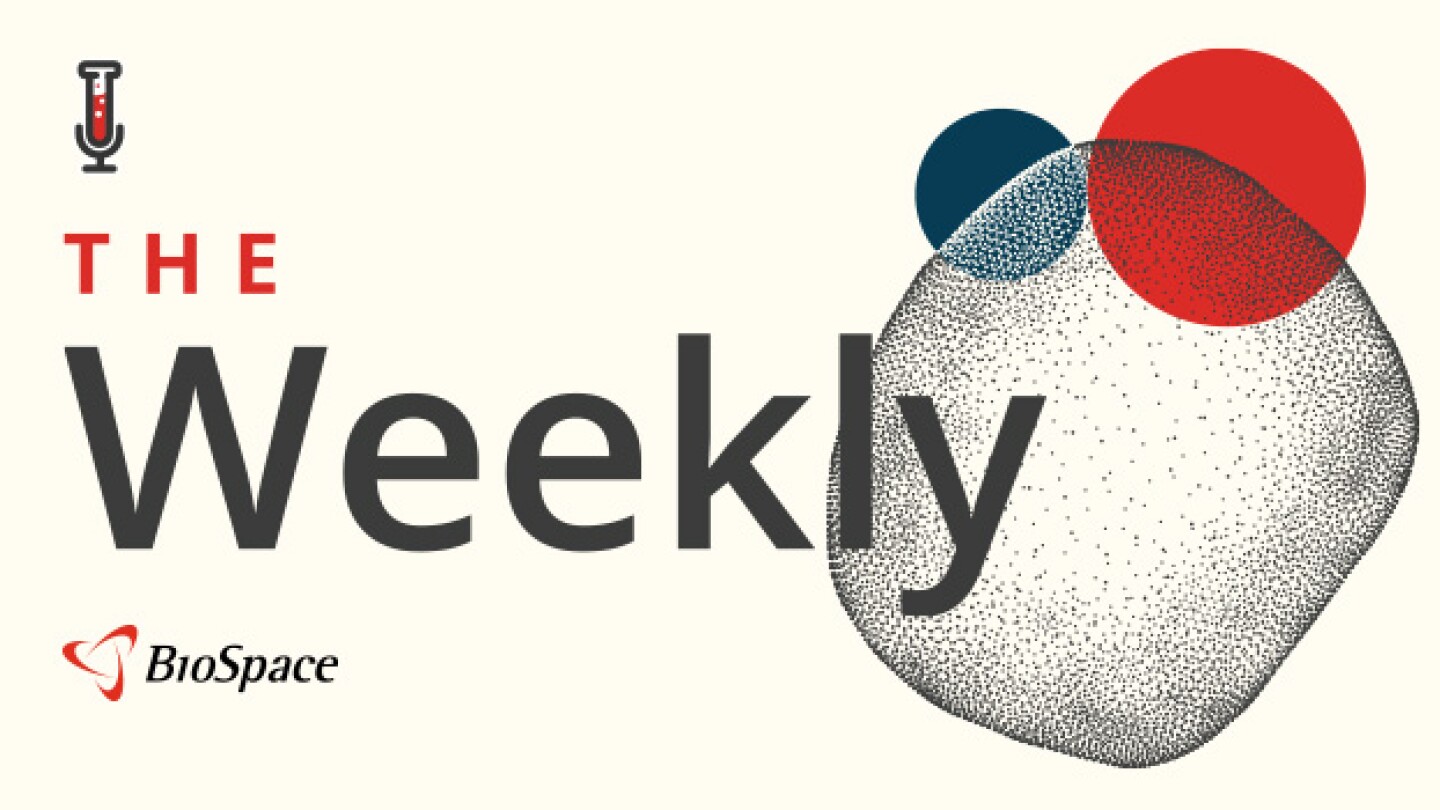Drug pricing
Experts unpack the implications of CBER Director Vinay Prasad’s claim that COVID vaccines have caused 10+ child deaths; the 2025 Clinical Trials on Alzheimer’s Disease conference continues following two disappointing readouts; and Novo Nordisk’s amycretin yields promising weight loss results.
U.K.-based pharmas will not face tariffs as long as Donald Trump is president, according to the agreement.
Following Novo Nordisk’s price cuts for its own GLP-1 medicines, Eli Lilly is offering discounts for the obesity drug purchased through LillyDirect. Both pharmas recently struck a deal with the White House for cheaper prices via the yet-to-be-launched TrumpRx.
The discounts should be compared against the drugs’ “ultimate net price” rather than their indicated list price to gauge the true impact of the negotiations, BMO Capital Markets analysts said.
Merck has made a $9.2 billion play for Cidara, and there’s another bidding war afoot, this one for sleep biotech Avadel. Meanwhile, Rick Pazdur has taken the helm at CDER while tensions run high between FDA Commissioner Marty Makary and Health Secretary RFK Jr.
Novo Nordisk goes “on the offensive” following Trump deal that also included rival Eli Lilly, putting an exclamation point on rapidly declining GLP-1 drug prices. Experts say the unusual situation makes it hard to predict what’s next.
The introduction of AbbVie’s hepatitis C drugs in 2014 forced Gilead’s hand in the fight for market dominance in hepatitis C. A similar dynamic is now playing out between Eli Lilly and Novo Nordisk in the obesity space, with some key differences.
With pricing pressures climbing, Pfizer, Eli Lilly and other major drugmakers are looking to sell their products directly to patients. Analysts are skeptical that these efforts, including those announced to much fanfare from the White House, will result in meaningful reductions in drug spending.
The agreement will also secure a $150 price for future weight loss pills from Novo Nordisk and Eli Lilly—at least initially.
CEO David Ricks wants Eli Lilly’s upcoming obesity pill to be accessible to patients who need it, but the company still needs to pay for the next generation of obesity medicines to come after that.
PRESS RELEASES









